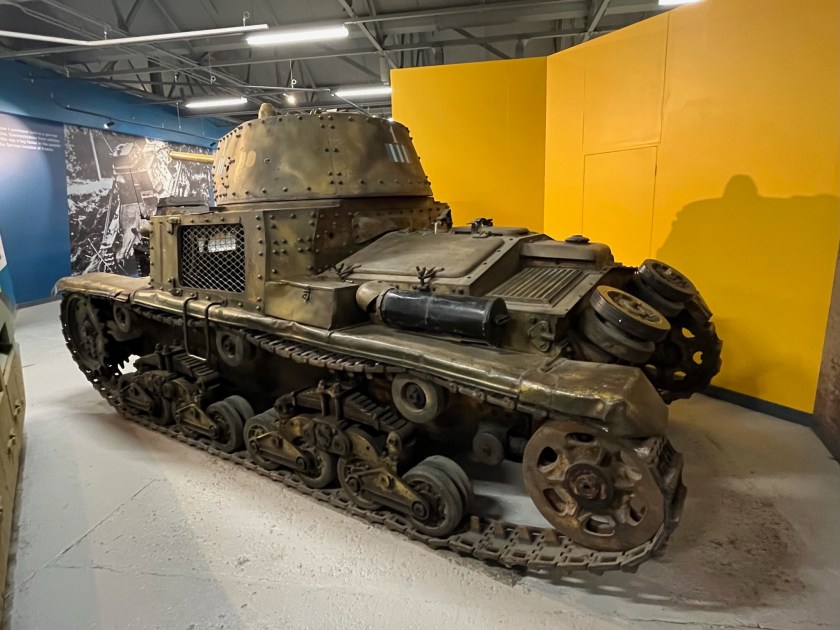A Hungarian MiG-21PF at RAF Cosford.
The Mikoyan-Gurevich MiG-21 (NATO reporting name: Fishbed) is a supersonic jet fighter and interceptor aircraft, designed by the Mikoyan-Gurevich Design Bureau in the Soviet Union. It was one of the most successful and numerous aircraft ever built, with over 10,000 produced. The MiG-21 was the first successful Soviet aircraft combining fighter and interceptor characteristics in a single airframe.
The MiG-21 was introduced into service in 1959 and was used by the Soviet Union and many other countries around the world. It saw extensive combat use in the Vietnam War, the Arab-Israeli Wars, and the Indo-Pakistani War. The MiG-21 was retired from Soviet service in 1993, but it is still in use by a number of countries, including India, China, and Vietnam.
The MiG-21 is a small, lightweight aircraft with a delta wing. It is powered by a single Tumansky R-13M-300 turbojet engine, which gives it a top speed of Mach 2.1. The MiG-21 is armed with a variety of weapons, including air-to-air missiles, air-to-ground missiles, and cannons.
The MiG-21 is a highly maneuverable aircraft, and it was known for its ability to perform high-g turns. However, it was also criticized for its lack of range and its limited avionics.
Despite its shortcomings, the MiG-21 was a highly successful aircraft. It was simple to fly and maintain, and it was relatively inexpensive to produce. This made it a popular choice for many countries, and it helped to shape the course of air combat during the Cold War.






























